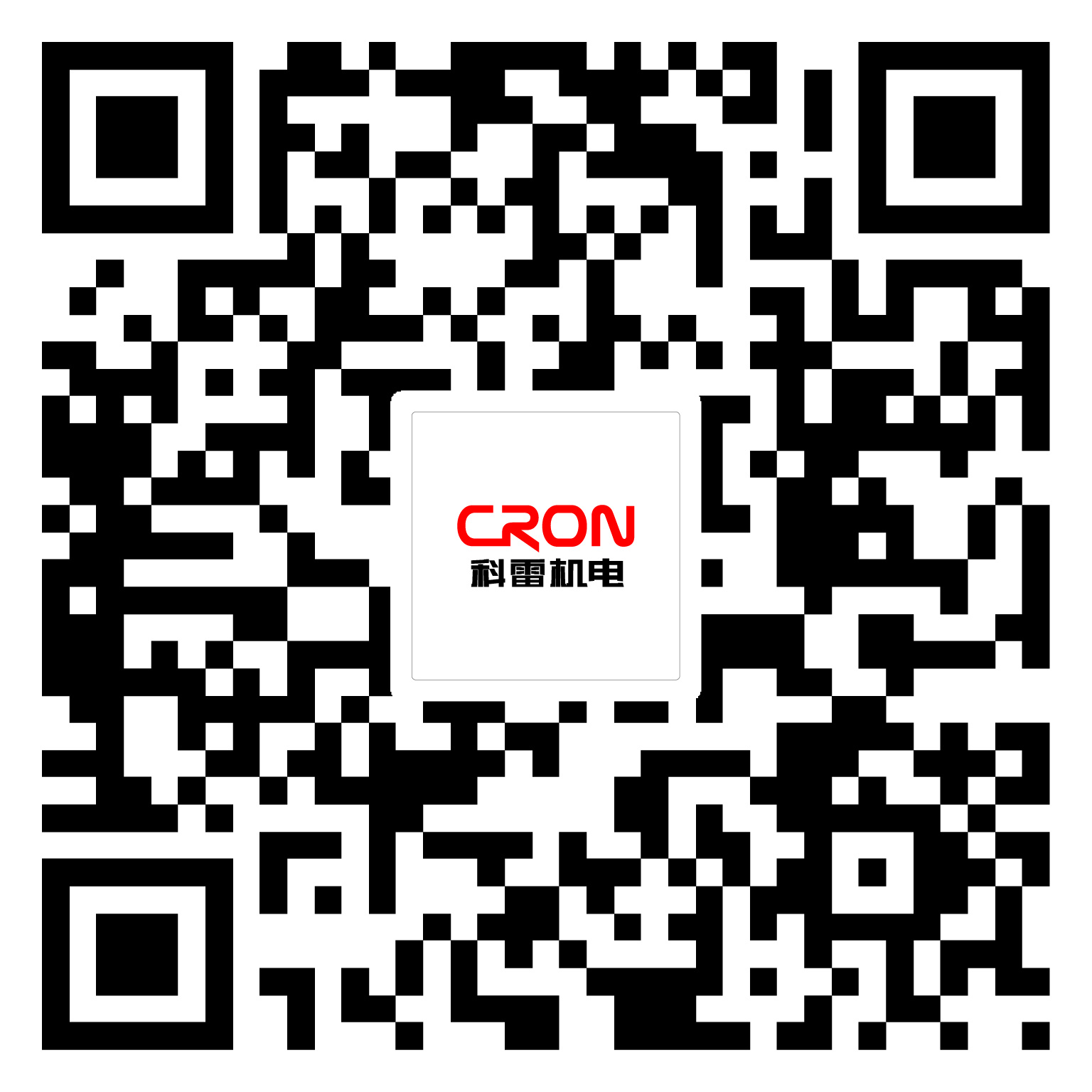Understanding CTP Machines for Modern Printing Techniques
Release time:
2025/08/13
Source:
Kerei Electromechanical
Computer-to-Plate (CTP) machines represent a significant advancement in the printing industry, allowing for a more efficient and streamlined workflow compared to traditional methods. CTP technology involves directly transferring digital images onto printing plates, eliminating the need for film and reducing overall production time. This digital approach not only enhances the quality of the printed material but also minimizes errors that can occur during the pre-press process.
One of the primary benefits of CTP machines for printing is their ability to deliver high-resolution images with remarkable detail. The precision of CTP technology ensures that the final prints maintain consistent quality, which is crucial for businesses that rely on brand integrity and visual appeal. By using high-quality plates that are directly created from digital files, printers can achieve vibrant colors and sharp graphics, meeting the increasing demands of customers for superior print products.
Moreover, CTP machines contribute to a more environmentally friendly printing process. With less reliance on film and chemicals traditionally used in plate-making, the overall environmental footprint of printing operations is reduced. This not only helps printers align with sustainability goals but also appeals to eco-conscious consumers.
The versatility of CTP machines also allows them to be used in various printing applications, including offset printing, flexography, and gravure. As a result, businesses across different sectors, such as packaging, publishing, and commercial printing, can benefit from integrating CTP technology into their production lines. This adaptability makes CTP machines a valuable asset for manufacturers looking to enhance their operational capabilities.
In addition to improving print quality and reducing waste, CTP machines also streamline the production process. The automation of plate production leads to faster turnaround times, which is essential for meeting tight deadlines in the competitive printing market. By minimizing manual intervention, printers can focus more on creative and strategic tasks rather than getting bogged down by time-consuming pre-press activities.
In conclusion, CTP machines are transforming the landscape of the printing industry by providing a more efficient, high-quality, and eco-friendly printing solution. As technology continues to evolve, embracing CTP will enable printers to remain competitive and meet the ever-growing demands of their clients. Understanding the intricacies and advantages of CTP machines for printing is essential for any organization looking to thrive in today's fast-paced business environment.
One of the primary benefits of CTP machines for printing is their ability to deliver high-resolution images with remarkable detail. The precision of CTP technology ensures that the final prints maintain consistent quality, which is crucial for businesses that rely on brand integrity and visual appeal. By using high-quality plates that are directly created from digital files, printers can achieve vibrant colors and sharp graphics, meeting the increasing demands of customers for superior print products.
Moreover, CTP machines contribute to a more environmentally friendly printing process. With less reliance on film and chemicals traditionally used in plate-making, the overall environmental footprint of printing operations is reduced. This not only helps printers align with sustainability goals but also appeals to eco-conscious consumers.
The versatility of CTP machines also allows them to be used in various printing applications, including offset printing, flexography, and gravure. As a result, businesses across different sectors, such as packaging, publishing, and commercial printing, can benefit from integrating CTP technology into their production lines. This adaptability makes CTP machines a valuable asset for manufacturers looking to enhance their operational capabilities.
In addition to improving print quality and reducing waste, CTP machines also streamline the production process. The automation of plate production leads to faster turnaround times, which is essential for meeting tight deadlines in the competitive printing market. By minimizing manual intervention, printers can focus more on creative and strategic tasks rather than getting bogged down by time-consuming pre-press activities.
In conclusion, CTP machines are transforming the landscape of the printing industry by providing a more efficient, high-quality, and eco-friendly printing solution. As technology continues to evolve, embracing CTP will enable printers to remain competitive and meet the ever-growing demands of their clients. Understanding the intricacies and advantages of CTP machines for printing is essential for any organization looking to thrive in today's fast-paced business environment.


